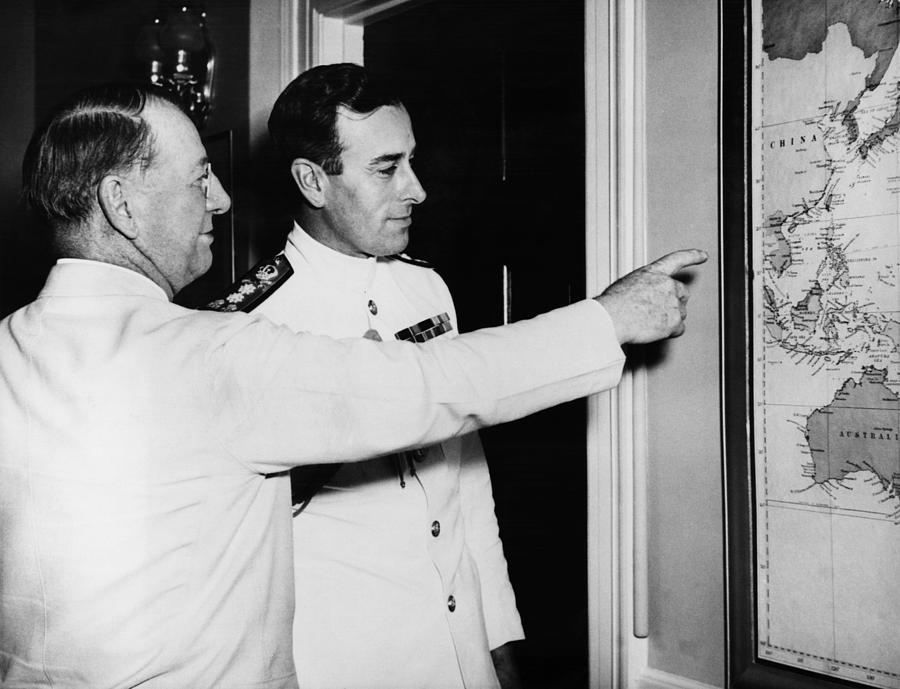

Navy in World War II, we will primarily discuss the Pacific theater. They also include such battles of the modern age as Trafalgar and Waterloo, by which Britain defeated Napoleonic France, not only preserving itself but also establishing both the European balance-of-power system and the British Empire upon a new basis, one which would decisively shape the character of Western civilization for the next century. These include, for example, such battles of the classical age as Marathon and Salamis, which preserved Greek civilization from Persian conquest. It can be seen as a series of distinct and concentrated battles or events, each of them a great struggle and drama comparable to the most important and legendary events in the history of any country and at any time. Navy in World War II is an epic story, one equivalent in its excitement, engagement, and grandeur to the great epics of classical literature and world history.

military policies and strategies, and particularly about the American way of making war. Navy in World War II: first, the way in which it recapitulates the qualities of many of the great epic stories to be found in classical literature and in world history, and second, the way in which it illustrates continuing and enduring realities about the making of U.S. In this essay, we will focus upon two features of the history of the U.S. For there are aspects of this story that are part of the very nature of America, and even of the human condition itself. But even now, almost sixty-five years after the end of the war, it is a story filled with potential meaning and importance for the young students of today. The story obviously had great meaning and taught important lessons to the generation that fought World War II and also to the generations that came of age in its aftermath. Navy in World War II has a central role in the long history of America’s wars and indeed of America itself.


 0 kommentar(er)
0 kommentar(er)
